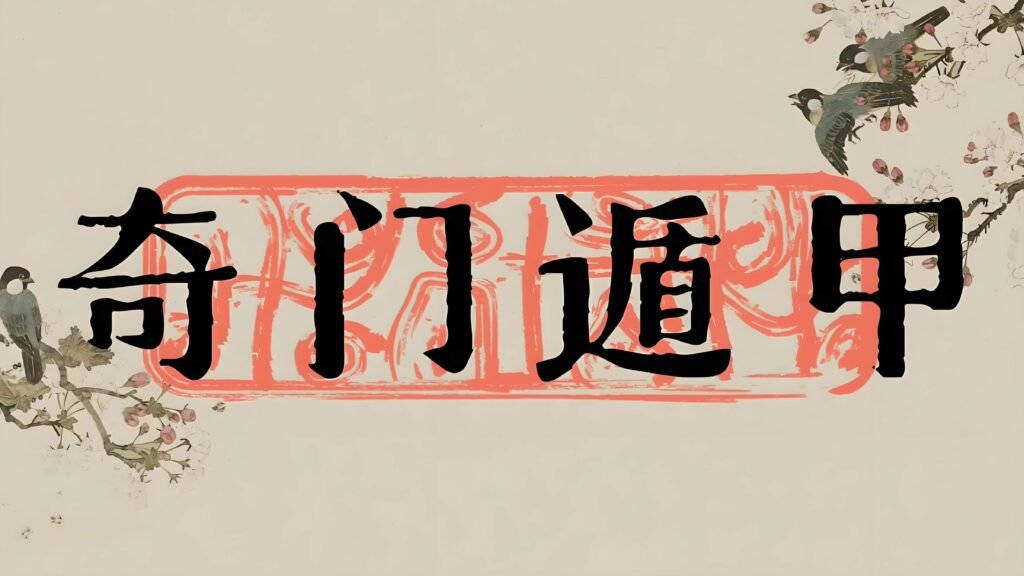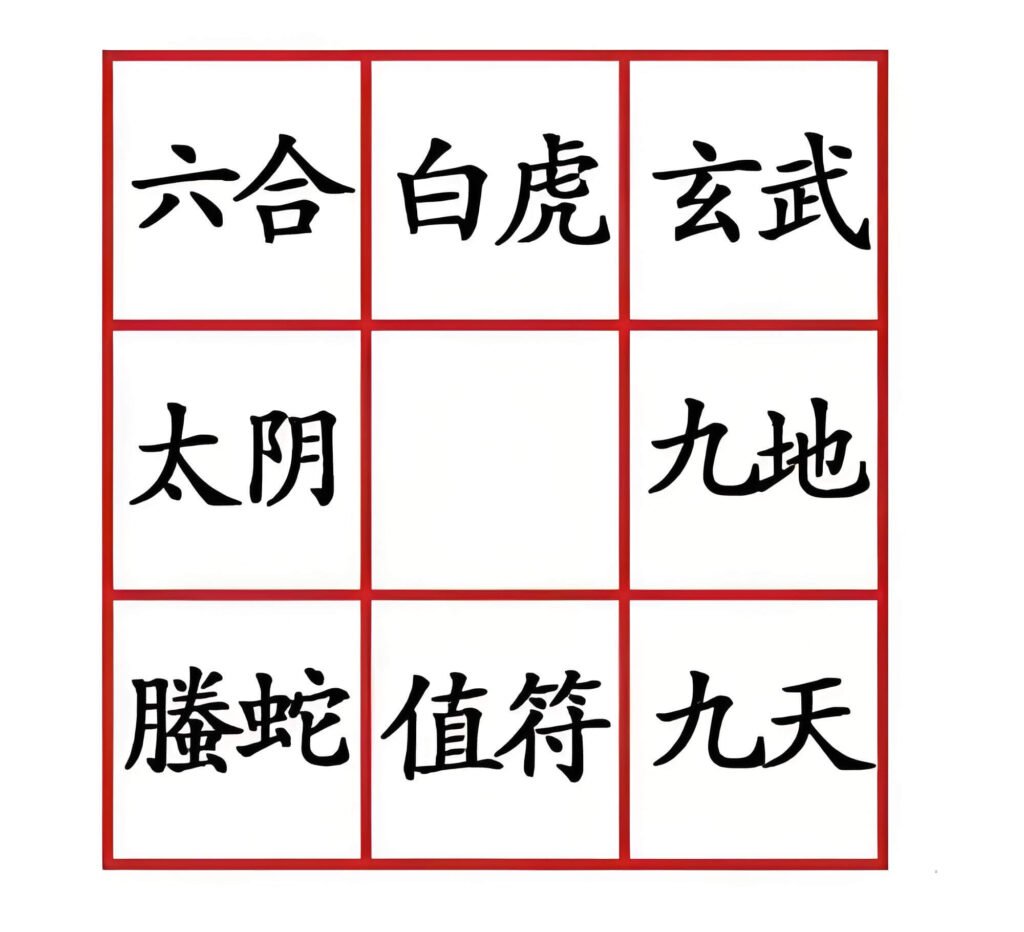Qi Men Dun Jia, an ancient Chinese divination system, revolves around the Nine Palaces and Heavenly Stems. This mystical practice combines time, space, and energy to provide profound insights into life’s challenges and opportunities. Moreover, its principles are deeply rooted in the interplay of the ten Heavenly Stems and twelve Earthly Branches. By mastering these concepts, one can unlock hidden potentials and achieve success.

Understanding the Nine Palaces
The Nine Palaces form the backbone of Qi Men Dun Jia. Each palace represents a specific direction, element, and energy. For instance:
- Kan Palace (North): Associated with water and winter.
- Li Palace (South): Linked to fire and summer.
- Zhen Palace (East): Represents wood and spring.
- Dui Palace (West): Symbolizes metal and autumn.
Additionally, the four corner palaces—Qian (northwest), Xun (southeast), Gen (northeast), and Kun (southwest)—add depth to this system. These palaces are often used to analyze energy flows in spaces.
The Role of Heavenly Stems
The ten Heavenly Stems—Jia, Yi, Bing, Ding, Wu, Ji, Geng, Xin, Ren, and Gui—are more than just symbols. They represent time, energy, and deeper metaphysical meanings:
- Jia: The leader of the Heavenly Stems, often hidden, symbolizing strategy and planning.
- Yi, Bing, Ding: Known as the “Three Oddities,” they represent the sun, moon, and stars, offering creative solutions.
- Wu, Ji, Geng, Xin, Ren, Gui: Referred to as the “Six Instruments,” they support the system by balancing energies.
When combined with the twelve Earthly Branches, the Heavenly Stems form the sixty Jiazi cycles. This cycle repeats every sixty days, creating a dynamic framework for analysis.
Key Principles of Qi Men Dun Jia
- Jia Zi Wu: A foundational rule where Jia pairs with Wu, forming the basis of energy alignment.
- Energy Flow: The interaction between the Nine Palaces and Heavenly Stems determines outcomes.
- Hidden Strategies: Jia’s concealment symbolizes the art of staying unseen while influencing events.
For example, practitioners use these principles to analyze business decisions, relationships, or personal growth. Moreover, the system is widely discussed on platforms like Facebook and Google, where users search for terms like “Nine Palaces grid,” “Heavenly Stems meaning,” and “Qi Men Dun Jia basics.”
Data Summary
- Ten Heavenly Stems: Jia, Yi, Bing, Ding, Wu, Ji, Geng, Xin, Ren, Gui.
- Twelve Earthly Branches: Zi, Chou, Yin, Mao, Chen, Si, Wu, Wei, Shen, You, Xu, Hai.
- Sixty Jiazi Cycles: Formed by pairing each Heavenly Stem with an Earthly Branch.
Practical Applications
The Nine Palaces and Heavenly Stems are not just theoretical. They are applied in various fields, including:
- Feng Shui: Aligning spaces with natural energy flows.
- Decision-Making: Analyzing timing and strategies for success.
- Personal Growth: Understanding one’s strengths and weaknesses.
By integrating these principles, individuals can enhance their lives. Additionally, modern practitioners often share insights on social media, making terms like “Nine Palaces grid” and “Heavenly Stems chart” popular search queries.
Conclusion
The Nine Palaces and Heavenly Stems offer a timeless framework for understanding life’s complexities. By exploring their meanings and applications, one can tap into ancient wisdom for modern success. Whether you’re new to Qi Men Dun Jia or seeking deeper knowledge, these principles provide a solid foundation. Furthermore, with growing interest on platforms like Google and Facebook, now is the perfect time to explore this fascinating system.


